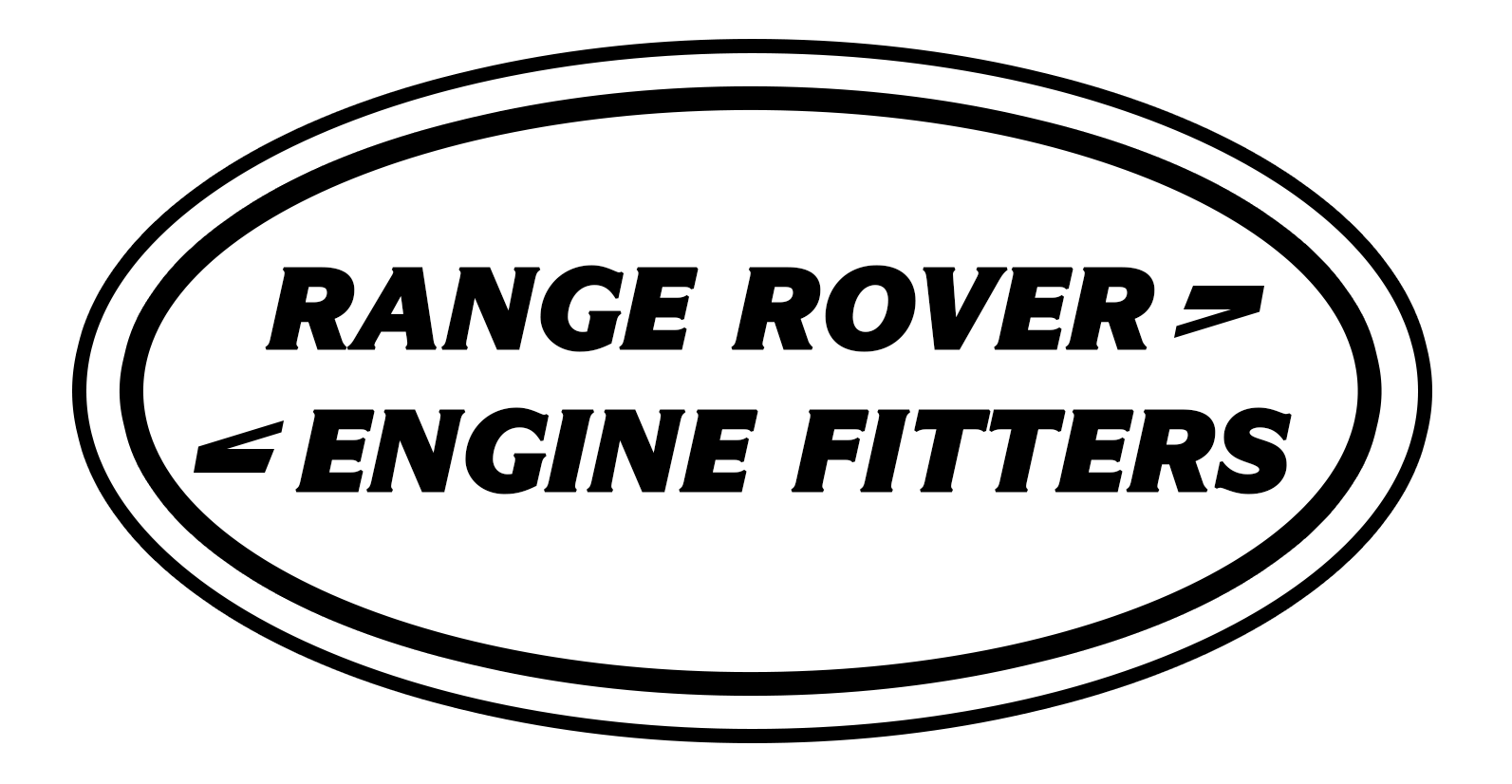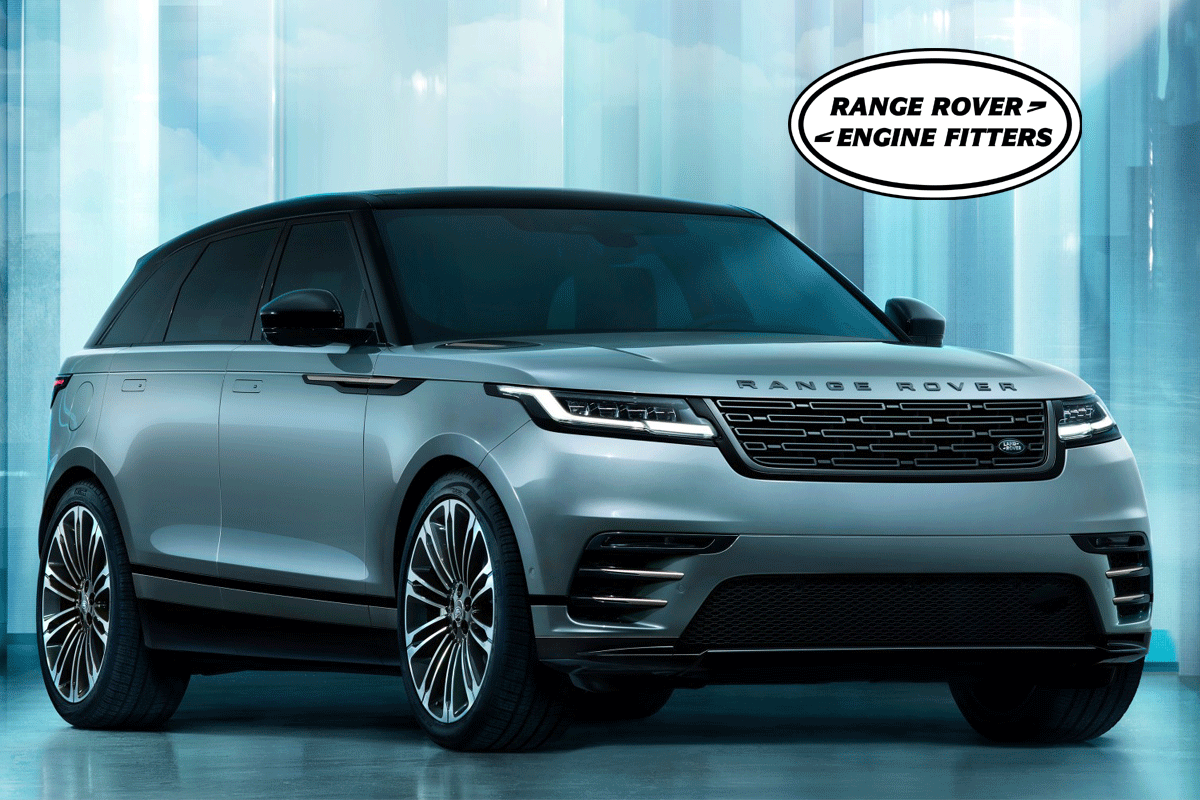Introduction
The Range Rover V8 engine, an iconic powerplant used in numerous British vehicles, has a fascinating history that traces back to its origins at General Motors (GM). This engine, initially known as the Buick 215, was first produced by GM in the early 1960s before being acquired by Rover in the mid-1960s. Over the decades, the Rover V8 evolved significantly, finding its way into a variety of applications from sports cars to SUVs. We delves into the design and performance characteristics of the Rover V8 engine and compares them with its GM counterpart, highlighting the key differences and developments that set these engines apart.
The Origins of the Buick 215 Engine
The story of the Rover V8 begins with the Buick 215, a lightweight aluminum V8 engine developed by General Motors. Launched in 1961, the Buick 215 was a response to the demand for more efficient and lighter engines in the automotive market. With a displacement of 3.5 liters and an aluminum block and heads, the engine weighed significantly less than its cast-iron counterparts, making it a pioneering design in its time. The Buick 215 was initially produced for the Buick Special, Oldsmobile F-85, and Pontiac Tempest models.
Rover’s Acquisition and Initial Modifications
In 1965, Rover, a British car manufacturer, acquired the rights to the Buick 215 engine. Recognizing its potential, Rover made several modifications to suit their needs. The initial changes were relatively minor, focusing on improving reliability and adapting the engine to British manufacturing standards. Rover also redesigned certain components to enhance durability, as the engine was to be used in a variety of vehicles, from luxury sedans to rugged off-roaders.
Design Evolution and Technical Enhancements
Over the years, Rover made substantial enhancements to the original GM design. One of the most significant changes was the increase in displacement. The Range Rover Engine displacement grew from the original 3.5 liters to 3.9, 4.2, and eventually 4.6 liters in later versions. These increases were achieved by enlarging the bore and stroke, allowing the engine to produce more power and torque. Additionally, Rover improved the cooling system, lubrication, and fuel delivery methods, making the engine more reliable and efficient.
Material and Structural Improvements
The original Buick 215’s use of aluminum for both the block and heads was revolutionary at the time, but it also presented challenges related to strength and durability. Rover addressed these issues by refining the alloy composition and improving the casting techniques. These advancements helped reduce the occurrence of cracking and other structural failures, which were more common in the early GM versions. Rover also reinforced critical areas of the engine to withstand the higher stresses associated with increased displacement and power output.
Performance Comparisons: Power and Torque
When comparing the performance of the Rover V8 to its GM predecessor, several key differences emerge. The original Buick 215 produced around 150 to 200 horsepower, depending on the specific configuration and tuning. As Rover increased the displacement and made other enhancements, the power output of the Rover V8 also increased. By the time the engine reached 4.6 liters, it was capable of producing upwards of 225 horsepower and 280 lb-ft of torque. These improvements made the Rover V8 a more versatile and powerful engine, suitable for a wider range of applications.
Applications and Versatility
The versatility of the Rover V8 engine is one of its most notable characteristics. While the Buick 215 was primarily used in GM’s mid-sized cars, the Rover V8 found a home in a diverse array of vehicles. It powered luxury sedans like the Rover P5B and P6B, sports cars like the Morgan Plus 8 and TVR Griffith, and even the iconic Land Rover Range Rover. This broad range of applications demonstrated the engine’s adaptability and reliability, cementing its reputation as a versatile and robust powerplant.
Impact on British Automotive Industry
The introduction and subsequent success of the Rover V8 had a profound impact on the British automotive industry. It provided British manufacturers with a competitive edge, allowing them to produce high-performance vehicles that could rival those from Europe and the United States. The engine’s lightweight design also contributed to better handling and fuel efficiency, which were significant selling points during an era of increasing fuel costs and environmental awareness. Furthermore, the Rover V8’s success encouraged further innovation and development within the British automotive sector.
Legacy and Continuing Influence
The Rover V8’s legacy extends well beyond its production years. Its influence can be seen in the continued popularity of vehicles that were powered by this engine, as well as in the ongoing use of similar design principles in modern engines. Enthusiasts and collectors still seek out cars with the Rover V8, appreciating its unique blend of power, durability, and historical significance. Additionally, the engine’s design and performance characteristics continue to inspire contemporary engineers and designers in their quest to develop efficient and powerful engines.
Conclusion
The comparison between the Rover V8 engine and its original General Motors counterpart, the Buick 215, highlights the significant advancements and adaptations made by Rover. From its inception as a lightweight, innovative Range Rover V8 engine, the Buick 215 laid the foundation for what would become one of the most iconic engines in automotive history. Rover’s modifications and enhancements not only improved the engine’s performance and reliability but also expanded its applications, making it a cornerstone of British automotive engineering. The Rover V8 remains a testament to the power of innovation and the enduring appeal of a well-designed engine.

